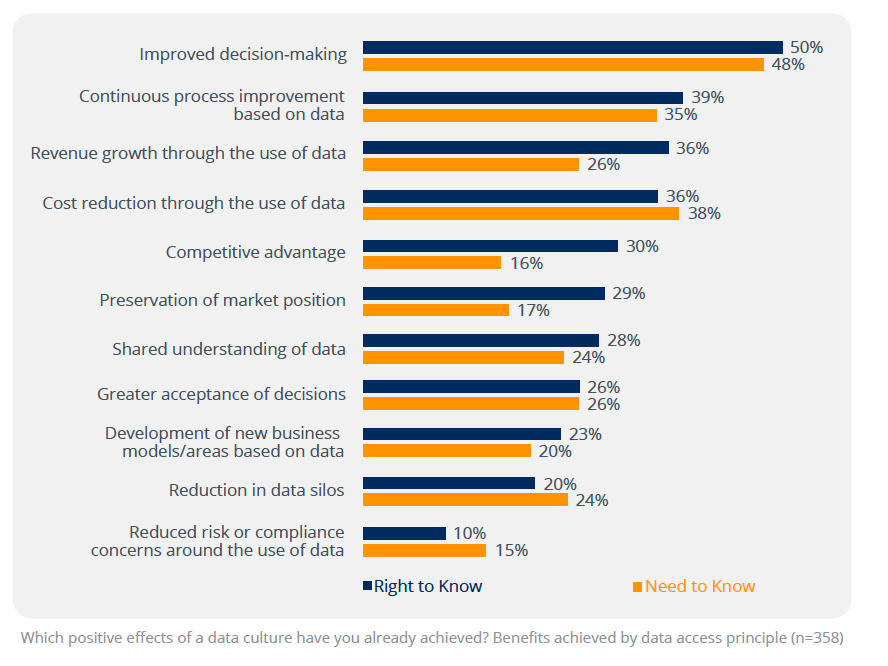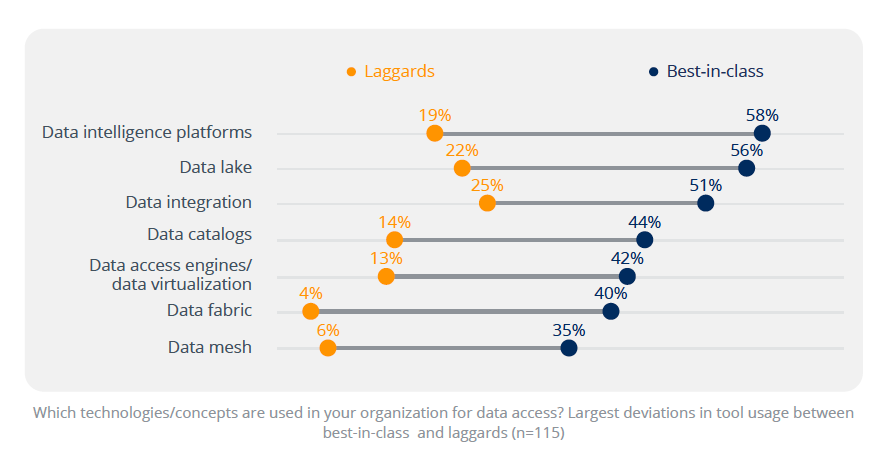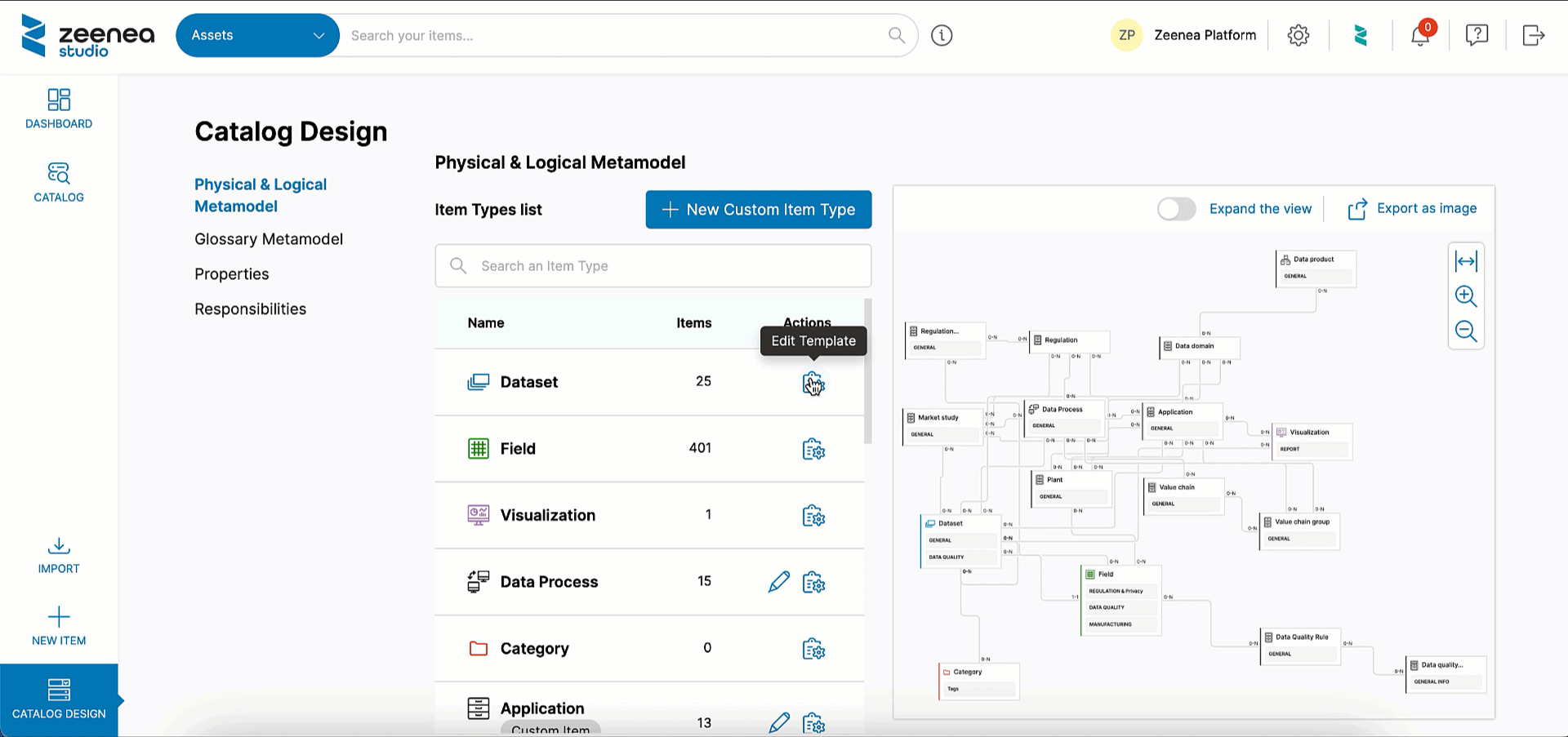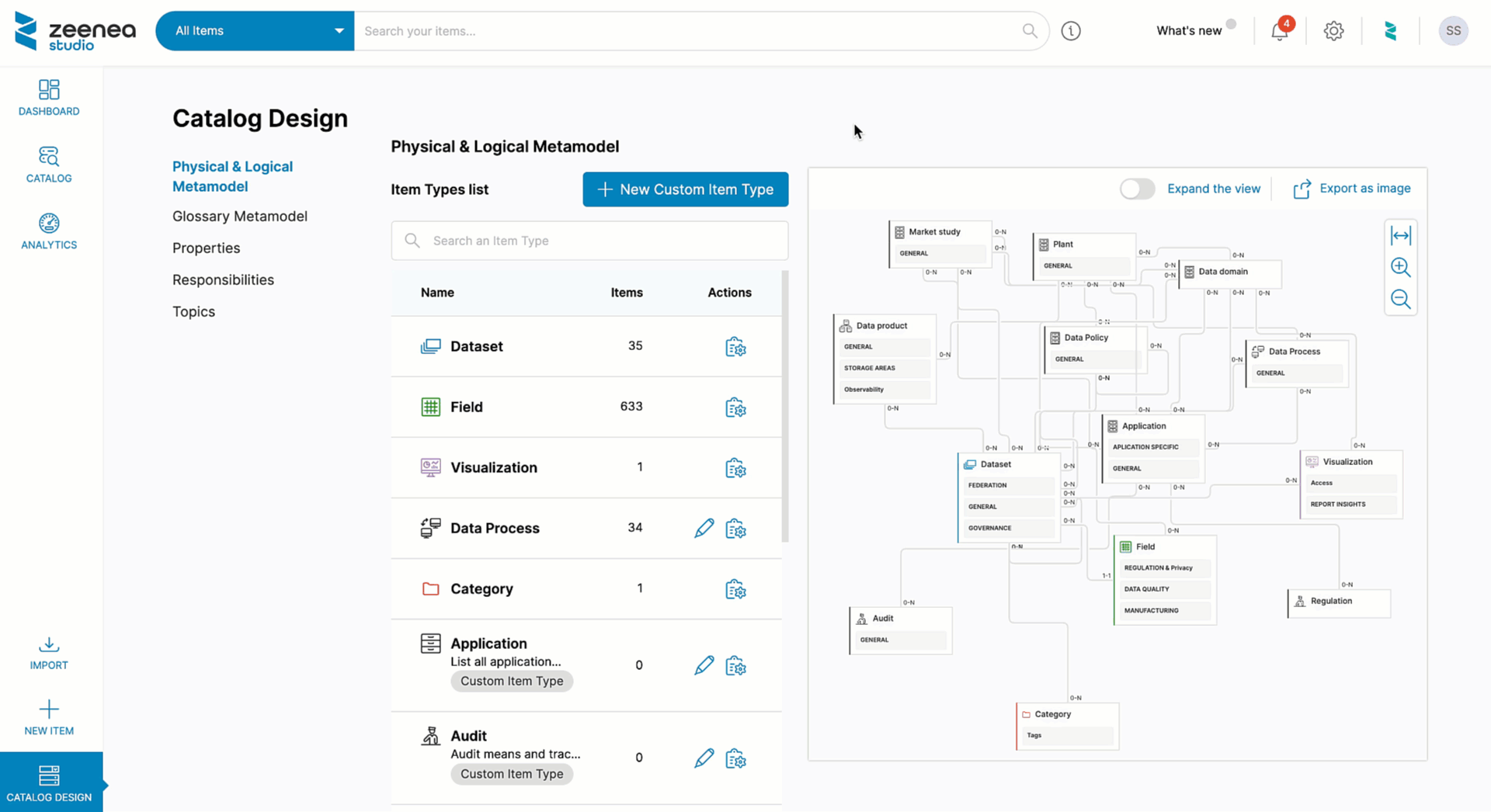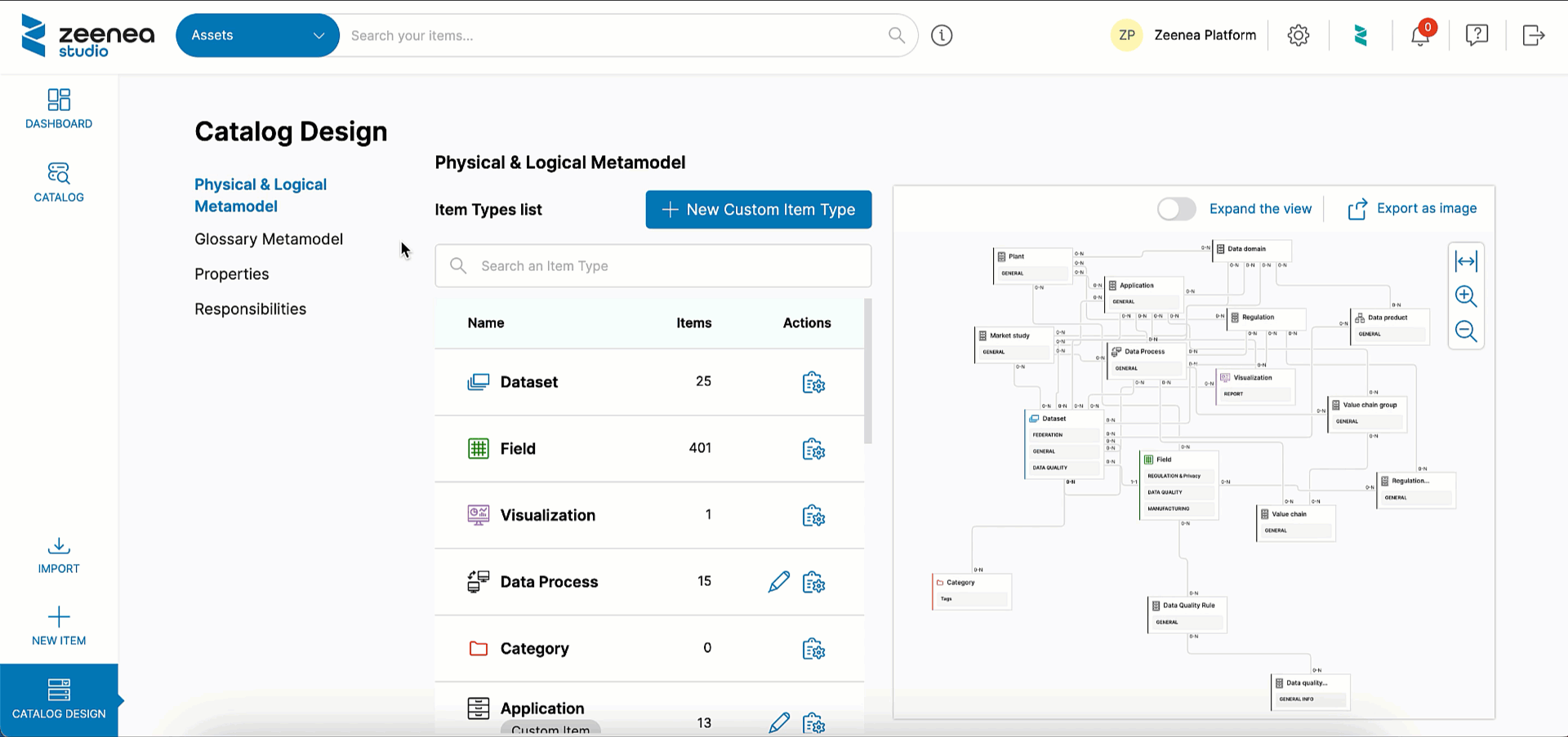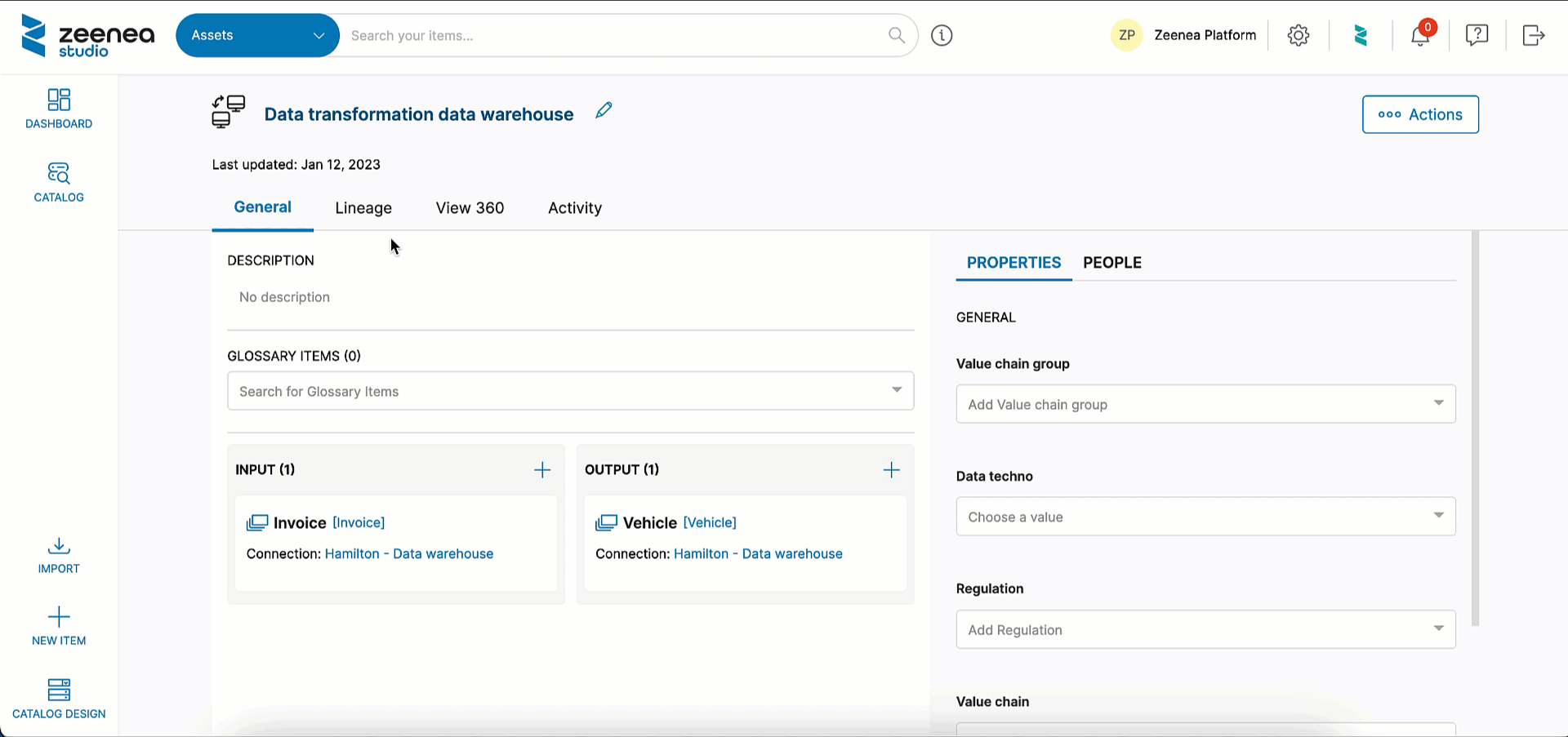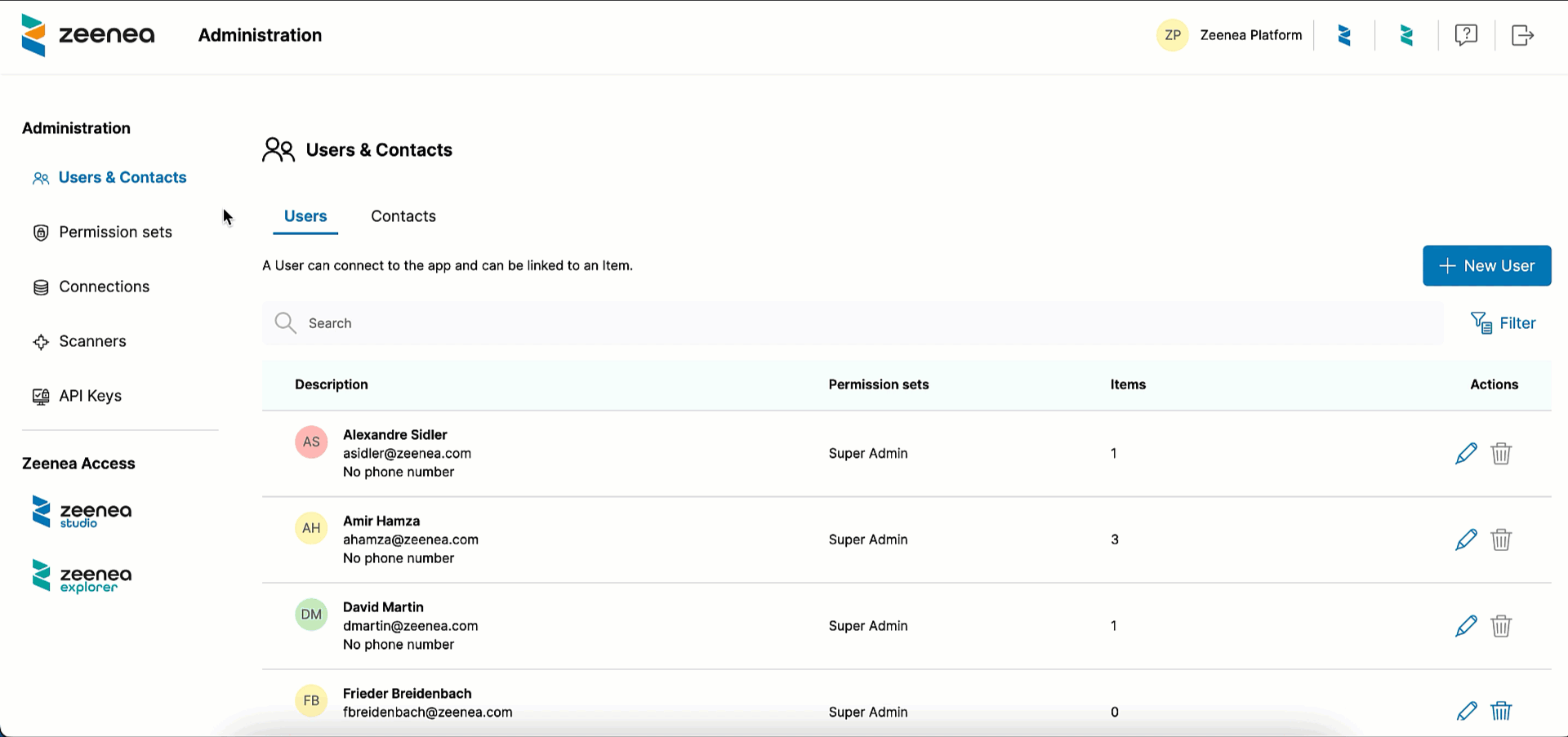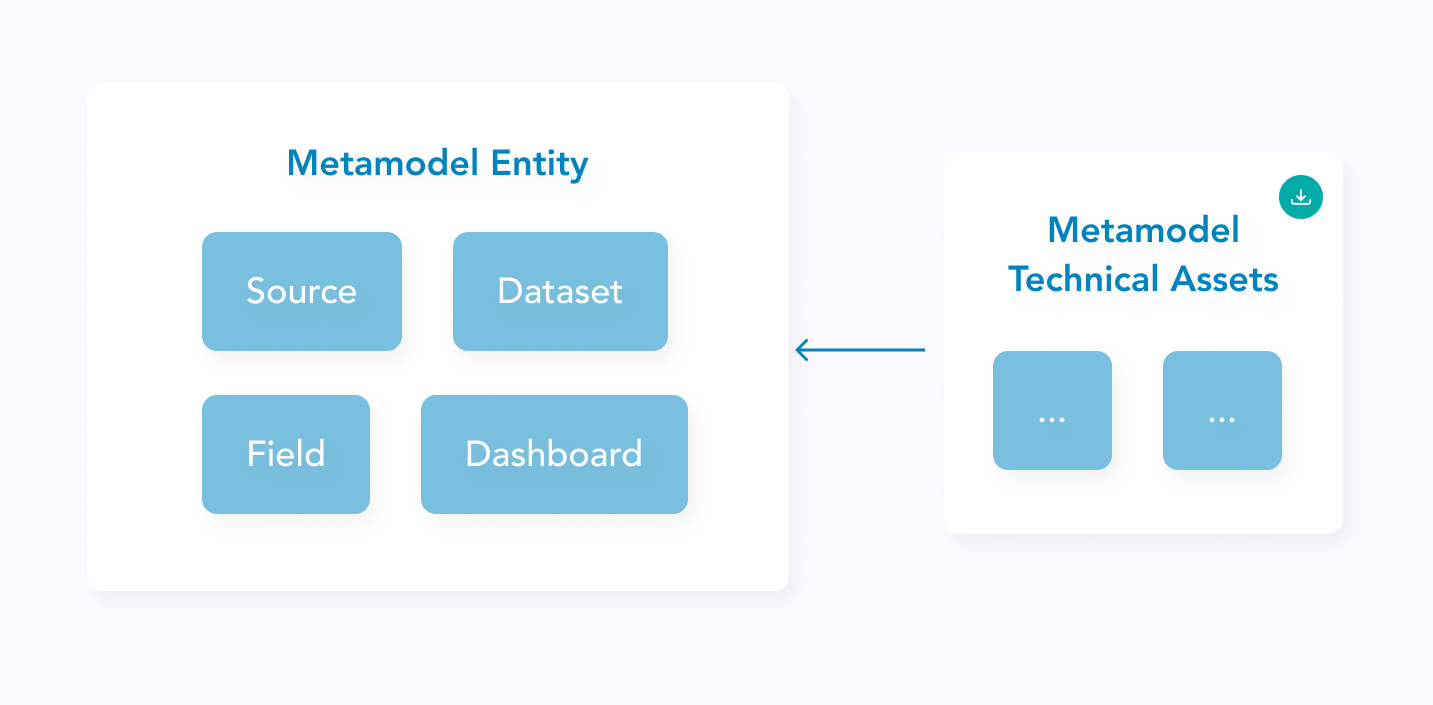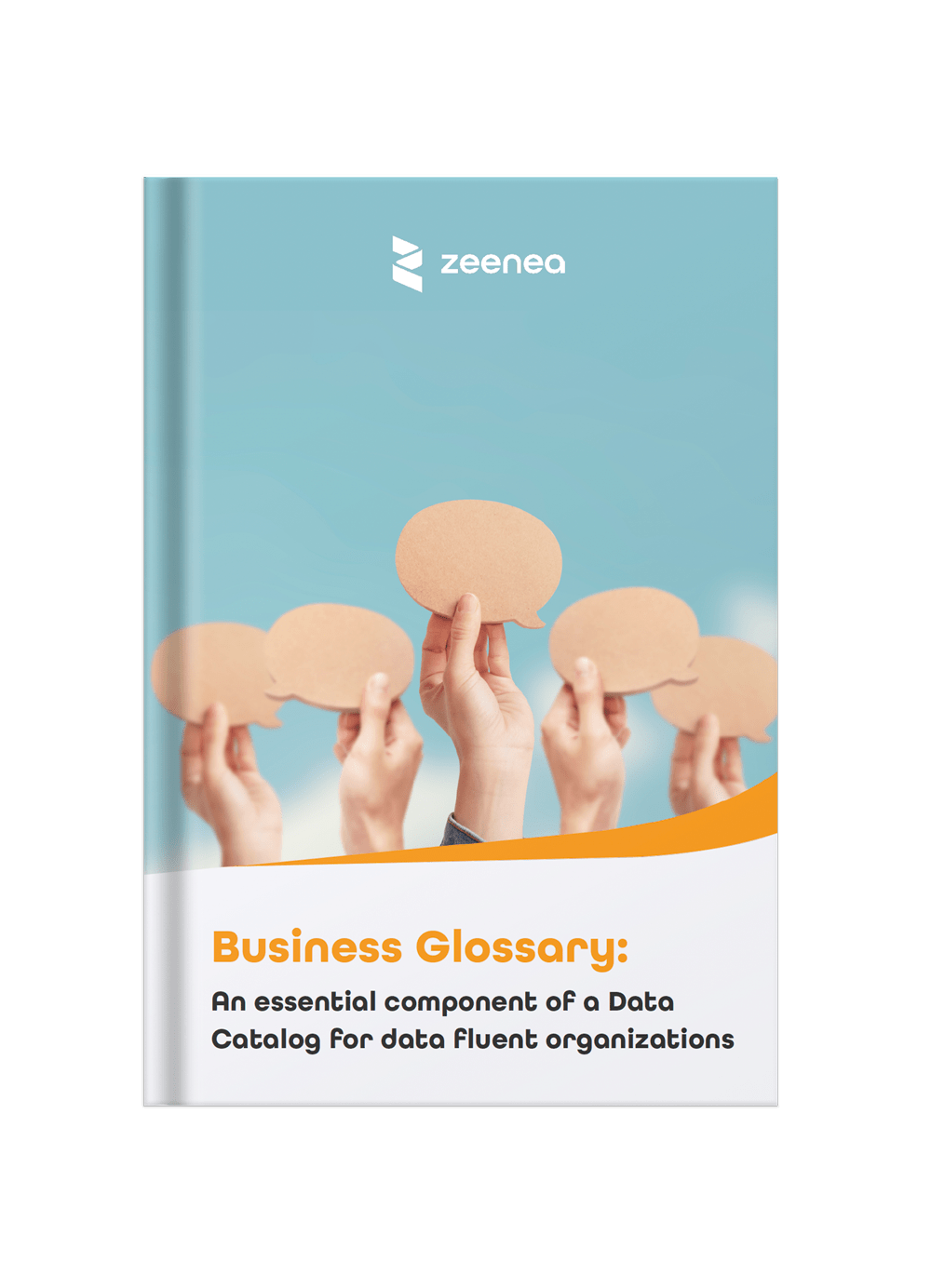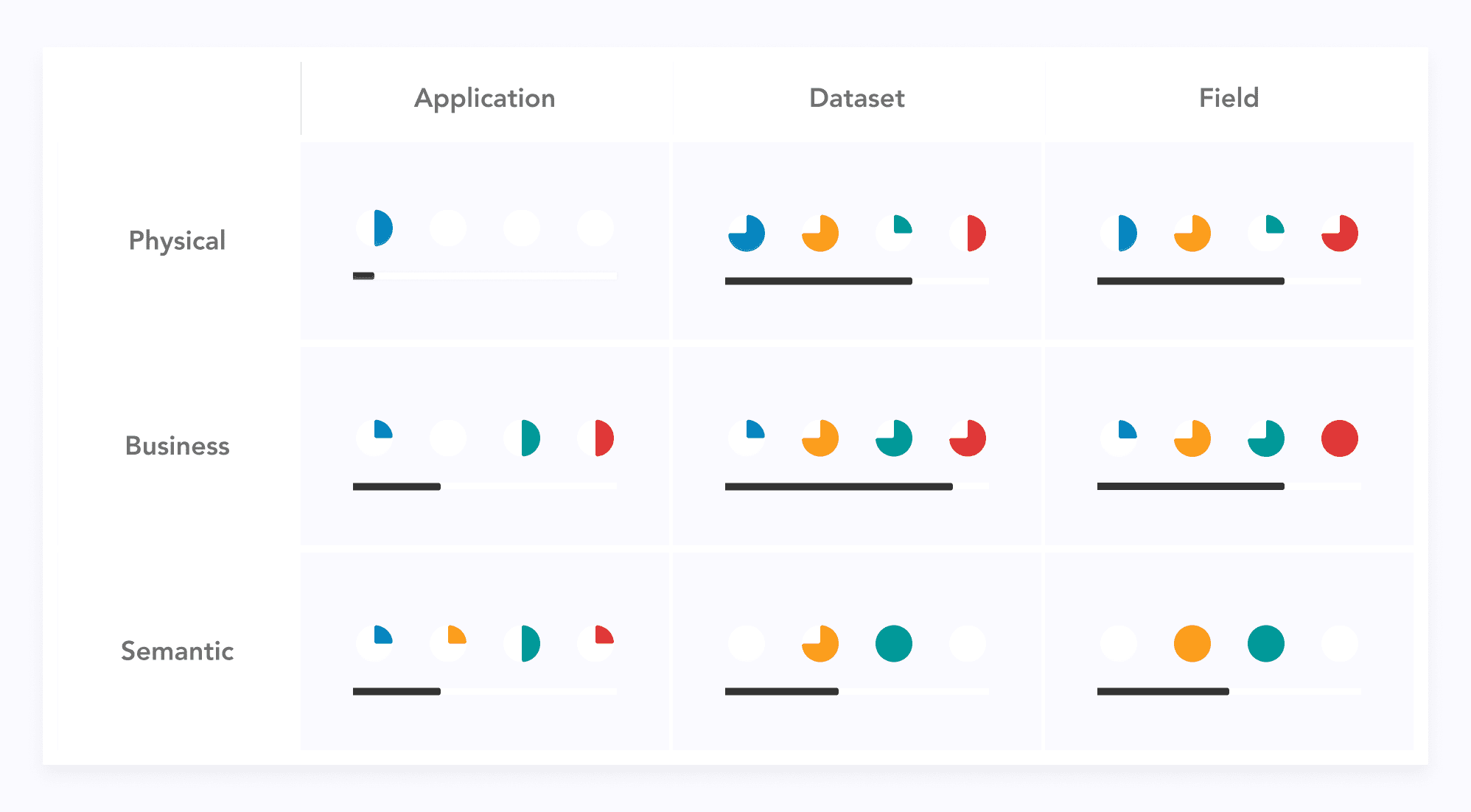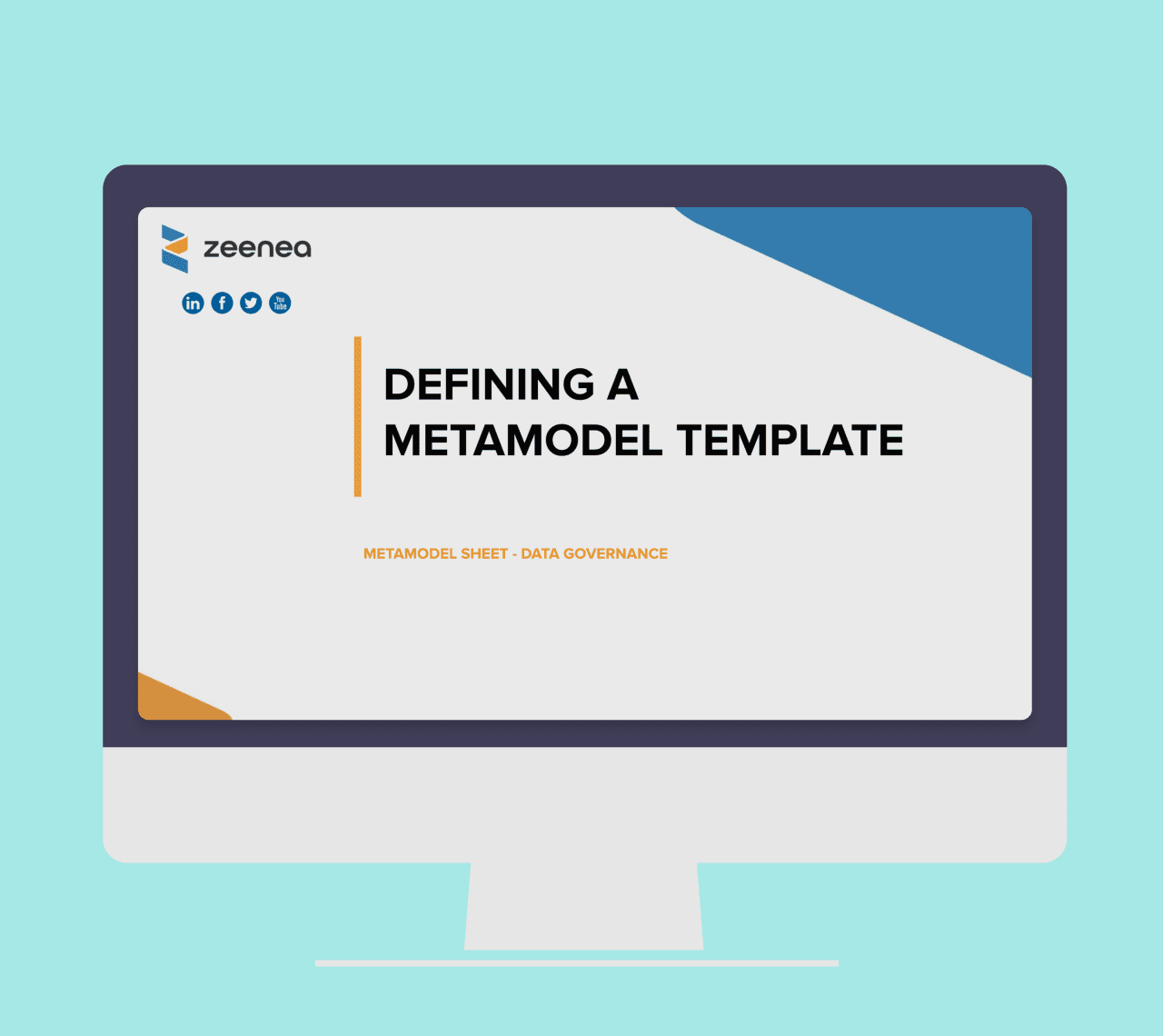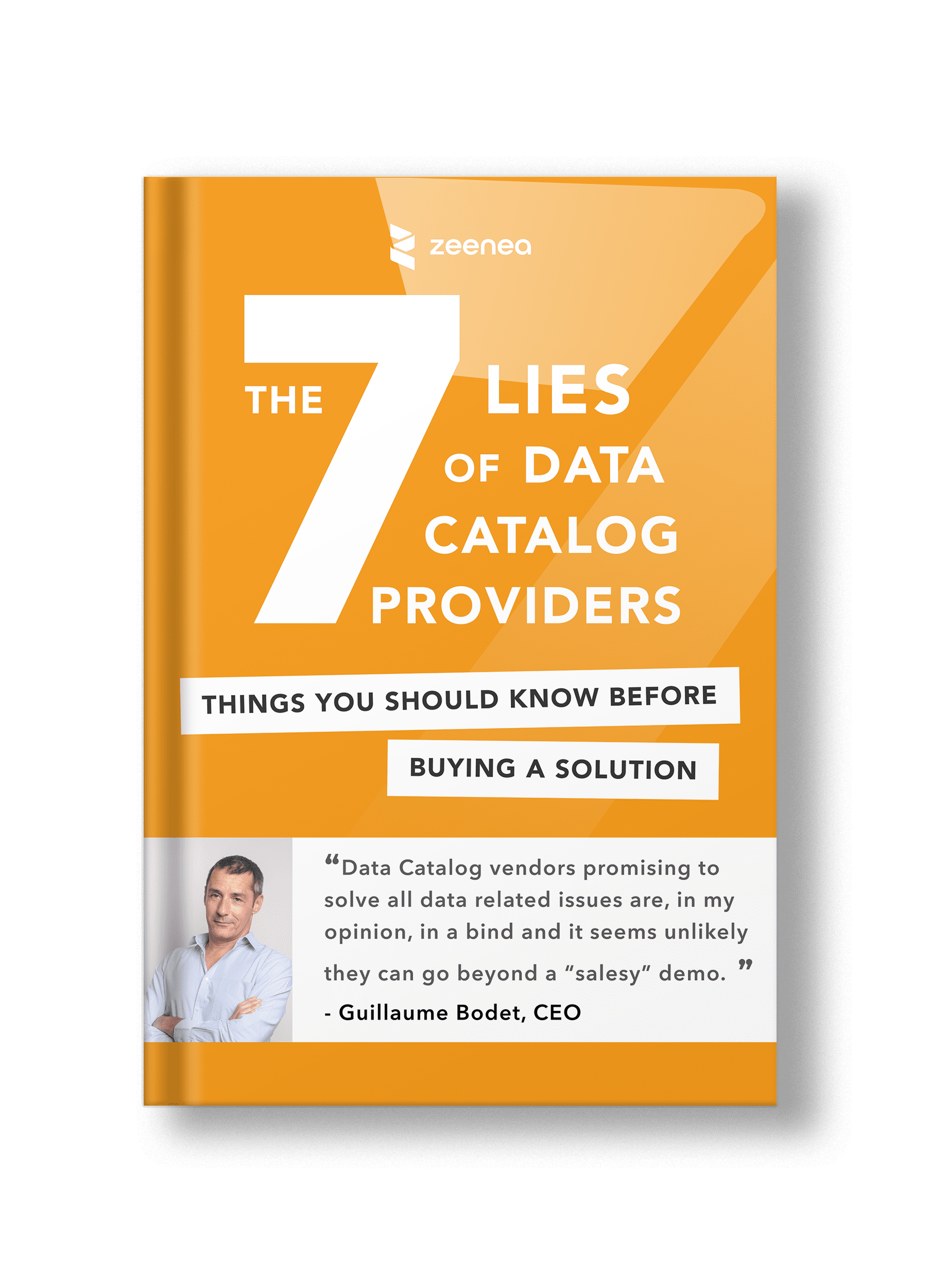In the ever-evolving data and digital landscape, data sharing has become essential to drive business value. Indeed, across industries and domains, organizations and individuals are harnessing the power of data sharing to unlock insights, drive collaboration, and fuel growth. By exchanging diverse enterprise data products, stakeholders can gain valuable perspectives, uncover hidden trends, and make informed decisions that drive tangible impact.
However, the landscape of data sharing has its complexities and challenges. From ensuring data security and privacy to navigating regulatory compliance, stakeholders must navigate many considerations to foster a culture of responsible data sharing.
In this article, learn everything you need to know about data sharing and how an Enterprise Data Marketplace can enhance your internal data sharing initiatives.
The definition of data sharing
Data sharing, as its name implies, refers to the sharing of data among diverse stakeholders. Beyond the act of sharing itself, data sharing entails a commitment to maintaining the integrity and reliability of the shared data throughout its lifecycle. This means not only making data accessible to all stakeholders but also ensuring that it retains its quality, coherence, and usefulness for the processing and analysis by data consumers. A crucial part of this process involves data producers carefully documenting and labeling sets of data, including providing detailed descriptions and clear definitions so that others can easily find, discover, and understand the shared data.
In addition, data sharing implies making data accessible to the relevant individuals, domains, or organizations using robust access controls and permissions. This ensures that only authorized personnel can access specific data sets, thus adhering to regulatory compliance demands and mitigating risks associated with breaches and data misuse.
Internal vs. External data sharing
In the landscape of modern business operations, we must distinguish between internal and external data sharing, with their different approaches for organizations to disseminate information.
Internal data sharing is all about the exchange of information within the confines of an organization. The focus is on breaking down silos and ensuring that all parts of the organization can access the data they need, when they need it, within a secure environment. Internal sharing can be facilitated with an enterprise data marketplace, but we’ll come to this later.
External data sharing, in contrast, extends beyond the organization’s boundaries to include partners, clients, suppliers, and regulatory bodies. Given its nature, external data sharing is subject to stricter regulatory compliance and security measures, necessitating robust protocols to protect sensitive information and maintain trust between the organization and its external stakeholders.
The benefits of data sharing
Data sharing entails many benefits for organizations. Some of them including:
Increase collaboration
By facilitating data sharing within your enterprise, you foster improved collaboration among internal teams, partners, and different branches of your organization. When companies share pertinent information, all stakeholders benefit from a deeper understanding of critical aspects such as market trends, customer preferences, successful strategies, and insightful analyses. This shared data empowers teams to collaborate more effectively on joint projects, research endeavors, and development initiatives.
In addition, through the exchange of data both internally and externally, organizations can collectively explore innovative ideas and alternative approaches, drawing insights and expertise from diverse sources. This collaborative environment nurtures a culture of experimentation and creativity, ultimately driving the generation of solutions and advancements across a spectrum of industries and domains.
Finally, one real-life example of the benefits of external data sharing can be seen in the healthcare industry through initiatives like Health Information Exchanges (HIEs). HIEs are networks that facilitate the sharing of electronic health records among healthcare providers, hospitals, clinics, and other medical facilities. By sharing patient information securely and efficiently, HIEs enable healthcare providers to access comprehensive medical histories, diagnostic test results, medication lists, and other vital information about patients, regardless of where they received care.
Boost productivity
Data sharing significantly boosts productivity by facilitating access to critical information. When organizations share data internally among teams or externally with partners and stakeholders, it eliminates silos and enables employees to access relevant information quickly and efficiently. This eradicates the laborious endeavor of digging through disparate systems or awaiting data retrieval from others.
Moreover, data sharing acts against duplicate and redundant information, fostering awareness of existing data assets, dashboards, and other enterprise data products through shared knowledge. By minimizing redundant tasks, data sharing not only diminishes errors but also optimizes resource allocation, empowering teams to concentrate on value-added initiatives.
Enhance data trust & quality
Data sharing plays a critical role in improving data trust and quality in various ways. When data is shared among different stakeholders, it undergoes thorough validation and verification processes. This scrutiny by multiple parties allows for the identification of inconsistencies, errors, or inaccuracies, ultimately leading to enhancements in data accuracy and reliability.
Furthermore, shared data encourages peer review and feedback, facilitating collaborative efforts to refine and improve the quality of the information. This ongoing iterative process instills confidence in the precision and dependability of the shared data.
Additionally, data sharing often involves adhering to standardized protocols and quality standards. Through the standardization of formats, definitions, and metadata, organizations ensure coherence and consistency across datasets, thereby maintaining data quality and enabling interoperability.
Finally, within established data governance frameworks, data sharing initiatives establish clear policies, procedures, and best practices for responsible data management. Robust auditing and monitoring mechanisms are employed to track data access and usage, empowering organizations to enforce access controls and uphold data integrity with confidence.
The challenges of data sharing
Massive volumes of data
Sharing large datasets over networks can pose significant challenges due to the time-consuming nature of the process and the demand for substantial bandwidth. This often leads to slow transfer speeds and potential congestion on the network. Additionally, storing massive volumes of shared data requires extensive storage capacity and infrastructure resources. Organizations must allocate sufficient storage space to accommodate large datasets, which can result in increased storage costs and infrastructure investments.
Moreover, processing and analyzing massive volumes of shared data can strain computational resources and processing capabilities. To effectively manage the complexity and scale of large datasets, organizations must deploy robust data processing frameworks and scalable computing resources. These measures are essential for ensuring efficient data analysis and interpretation while navigating the intricacies of vast datasets.
Robust security measures
Ensuring data security poses a significant challenge in the realm of data sharing, demanding careful attention and robust protective measures to safeguard sensitive information effectively. During data sharing processes, information traversing networks and platforms becomes vulnerable to various security threats, including unauthorized access attempts, data breaches, and malicious cyber-attacks. To uphold the confidentiality, integrity, and availability of shared data, stringent security protocols, encryption mechanisms, and access controls must be implemented across all aspects of data sharing initiatives.
Compliance requirements
Another notable challenge of data sharing is maintaining data privacy and compliance with regulatory requirements. As organizations share data with external partners, stakeholders, or third-party vendors, they must navigate complex privacy laws and regulations governing the collection, storage, and sharing of personal or sensitive information. Compliance with regulations such as GDPR in the European Union, HIPAA (Health Insurance Portability and Accountability Act) in the healthcare industry, and CCPA (California Consumer Privacy Act) in California is crucial to avoid legal liabilities and penalties.
Data sharing best practices
To counter these challenges, here are some best practices:
Implement clear governance policies
Establishing clear data governance policies is crucial for enabling effective data sharing within organizations. These policies involve defining roles, responsibilities, and procedures for managing, accessing, and sharing data assets. By designating data stewards, administrators, and users with specific responsibilities, organizations ensure accountability and oversight throughout the data lifecycle.
Moreover, standardized procedures for data collection, storage, processing, and archival play a pivotal role in promoting consistency and efficiency in data governance practices. By standardizing these procedures, organizations can ensure that data is handled consistently and systematically across departments and teams.
Define data sharing protocols
Defining clear protocols and guidelines for data sharing within and outside the organization is vital for promoting transparency, accountability, and compliance.
Organizations must establish precise criteria and conditions for data sharing, including defining the purposes, scope, and intended recipients of shared data. Any limitations or restrictions on data usage, redistribution, or modification should be clearly outlined to ensure alignment with organizational objectives and legal mandates. The implementation of encryption, access controls, and data anonymization techniques ensures the secure transmission and storage of shared data, enhancing overall data security measures.
Furthermore, the development of formal data sharing agreements and protocols is essential for governing data exchange activities with external partners or stakeholders. These agreements delineate the rights, responsibilities, and obligations of each party involved in the data sharing process, covering aspects such as data ownership, confidentiality, intellectual property rights, and liability.
Implement a data marketplace
A data marketplace serves as a centralized hub where organizations can easily share and access data resources. By consolidating diverse datasets from various sources, it streamlines the process of discovering and acquiring relevant data.
Moreover, a data marketplace fosters collaboration and innovation by connecting data providers with consumers across different industries. Organizations can effortlessly share their data assets on the marketplace, while data consumers gain access to a vast array of data to enrich their insights and strategies.
In addition, a data marketplace prioritizes data governance and compliance by upholding standards and regulations related to data privacy, security, and usage. It provides robust tools and features for managing data access, permissions, and consent, ensuring that data sharing activities align with legal and regulatory requirements.
Start your data sharing journey with Zeenea
Zeenea provides internal data sharing capabilities through its Enterprise Data Marketplace (EDM), where each domain within the organization manages its own dedicated federated data catalog, providing the flexibility to share key objects such as Data Products, AI models, dashboards, Glossaries, and more with the rest of the organization. Our platform empowers data producers to seamlessly administer their catalog, users, permissions, and identify the objects they wish to share with other data domains.







![[SERIES] Data Shopping Part 2 – The Zeenea Data Shopping Experience](https://zeenea.com/wp-content/uploads/2024/06/zeenea-data-shopping-experience-blog-image-1080x675.png)

![[SERIES] Data Shopping Part 1 – How to Shop for Data Products](https://zeenea.com/wp-content/uploads/2024/06/iStock-1497601141-1080x675.jpg)
![[SERIES] Building a Marketplace for Data Mesh Part 3: Feeding the Marketplace via domain-specific data catalogs](https://zeenea.com/wp-content/uploads/2024/06/iStock-1418478531-1080x675.jpg)
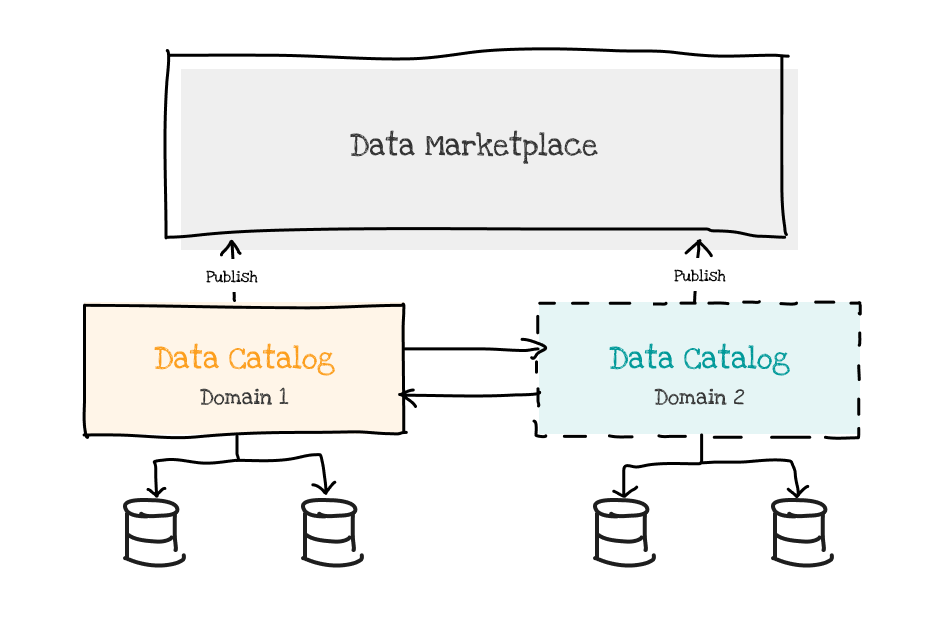

![[SERIES] Building a Marketplace for Data Mesh Part 2: Setting up an enterprise-level marketplace](https://zeenea.com/wp-content/uploads/2024/06/iStock-1513818710-1080x675.jpg)
![[SERIES] Building a Marketplace for data mesh Part 1: Facilitating data product consumption through metadata](https://zeenea.com/wp-content/uploads/2024/05/iStock-1485944683-1080x675.jpg)















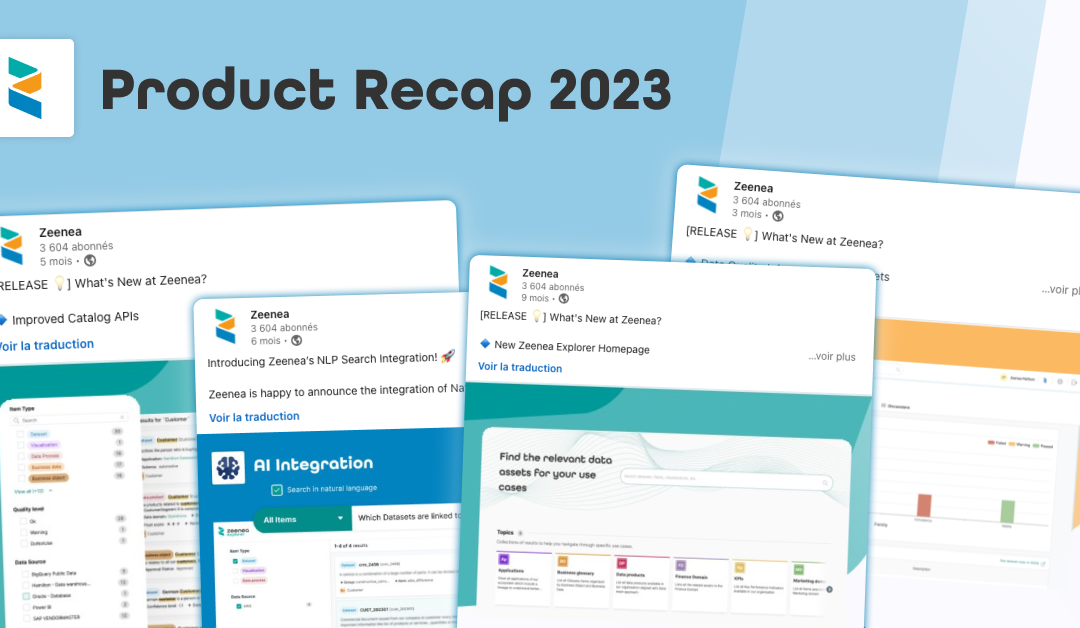



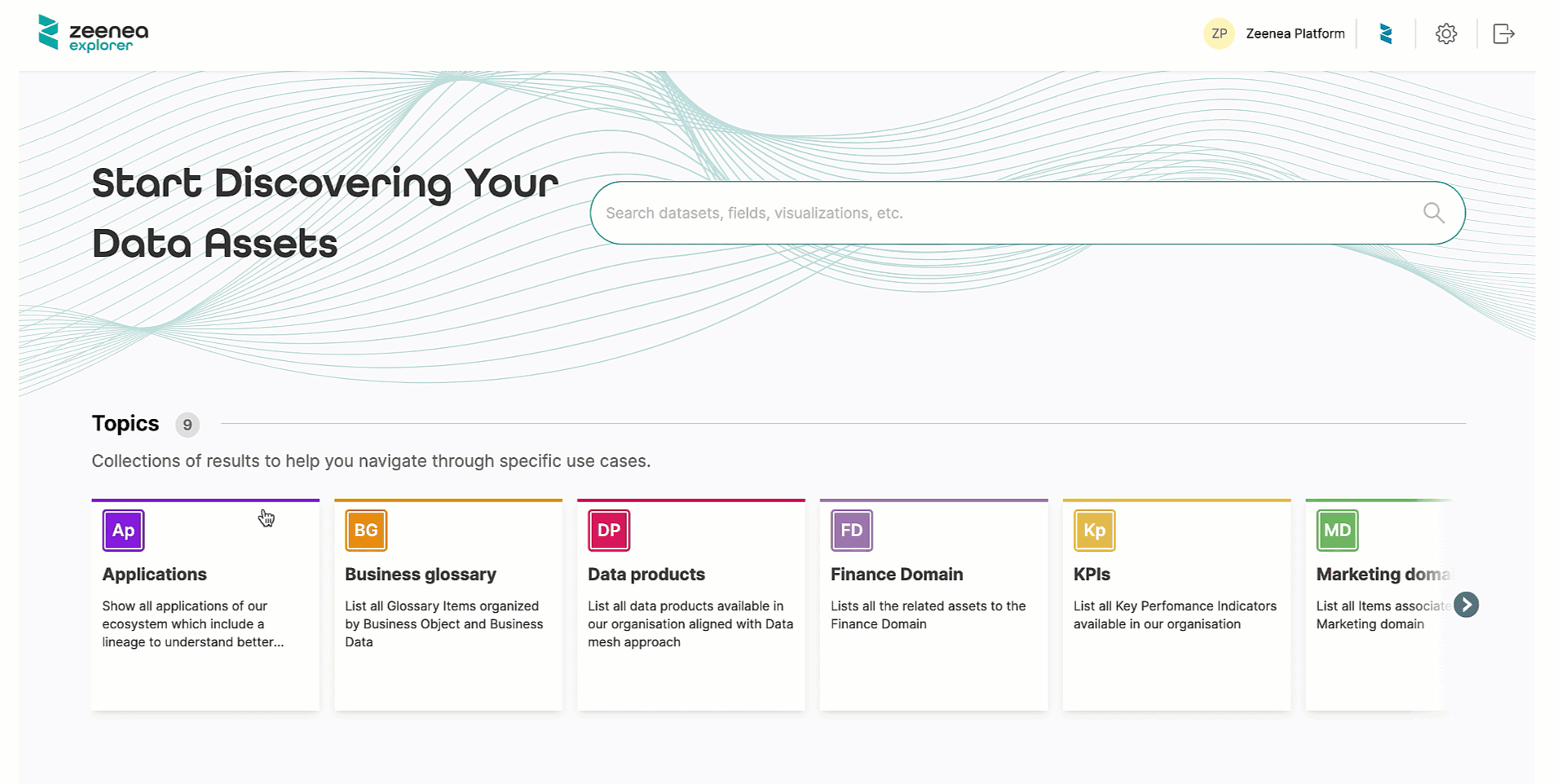
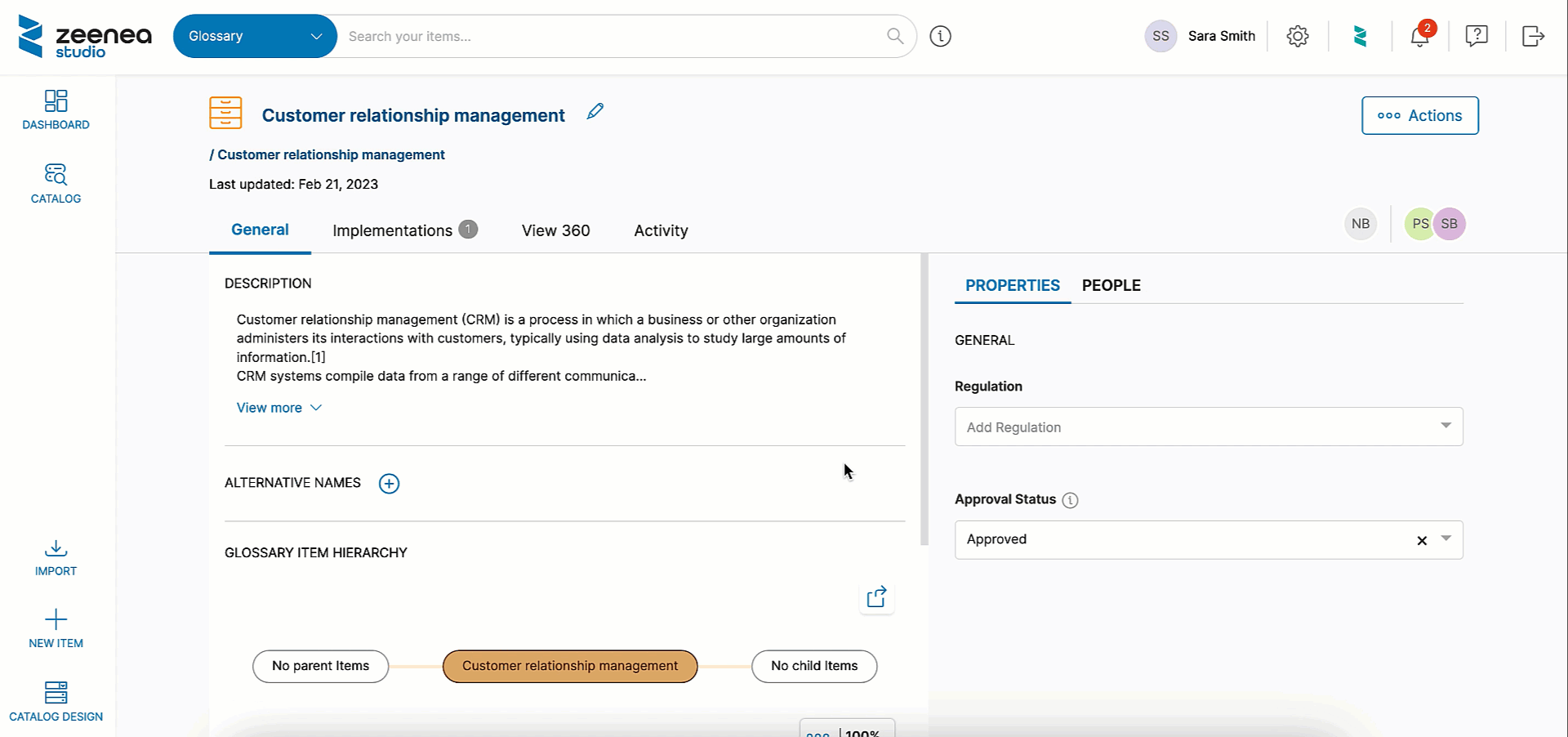


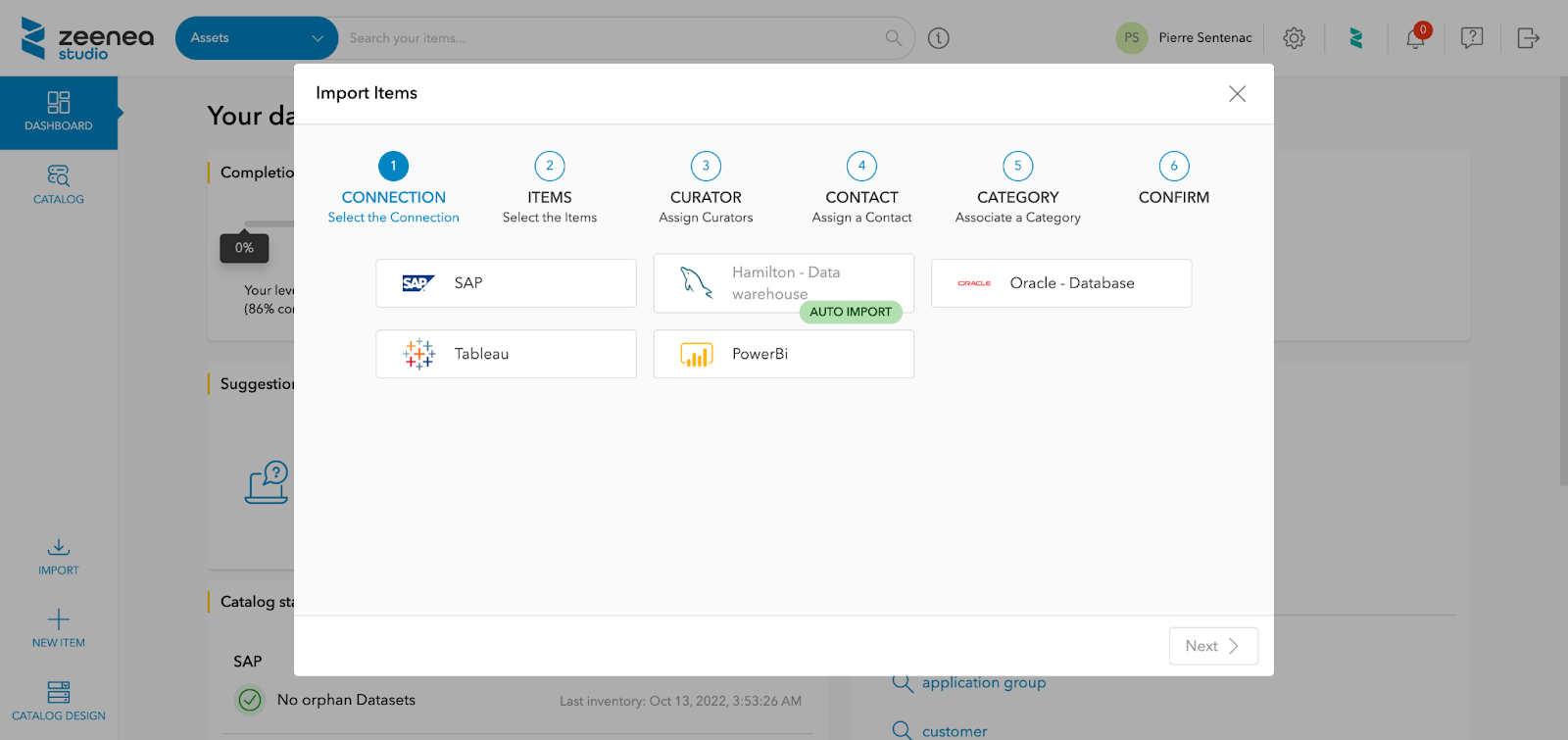

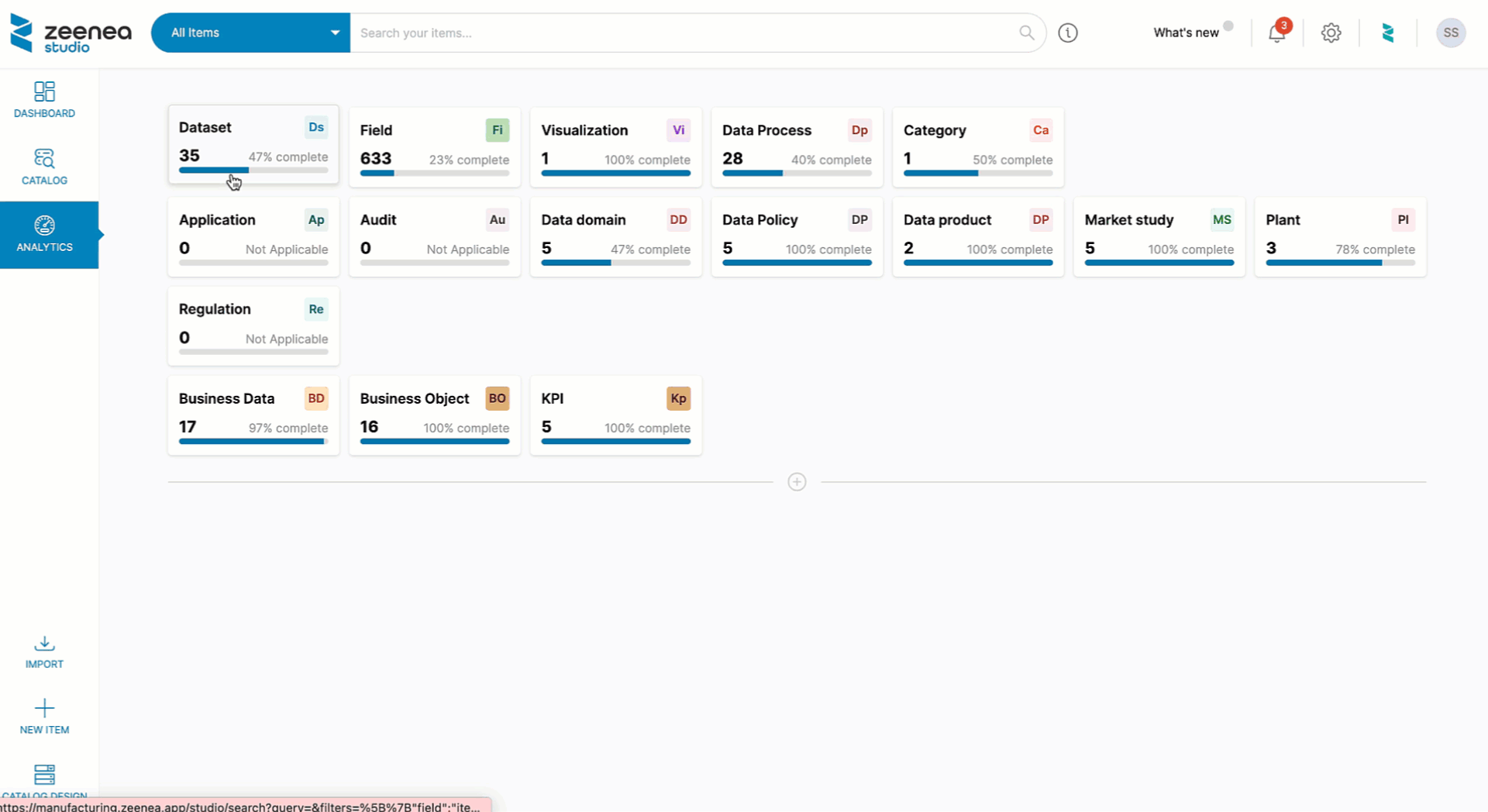
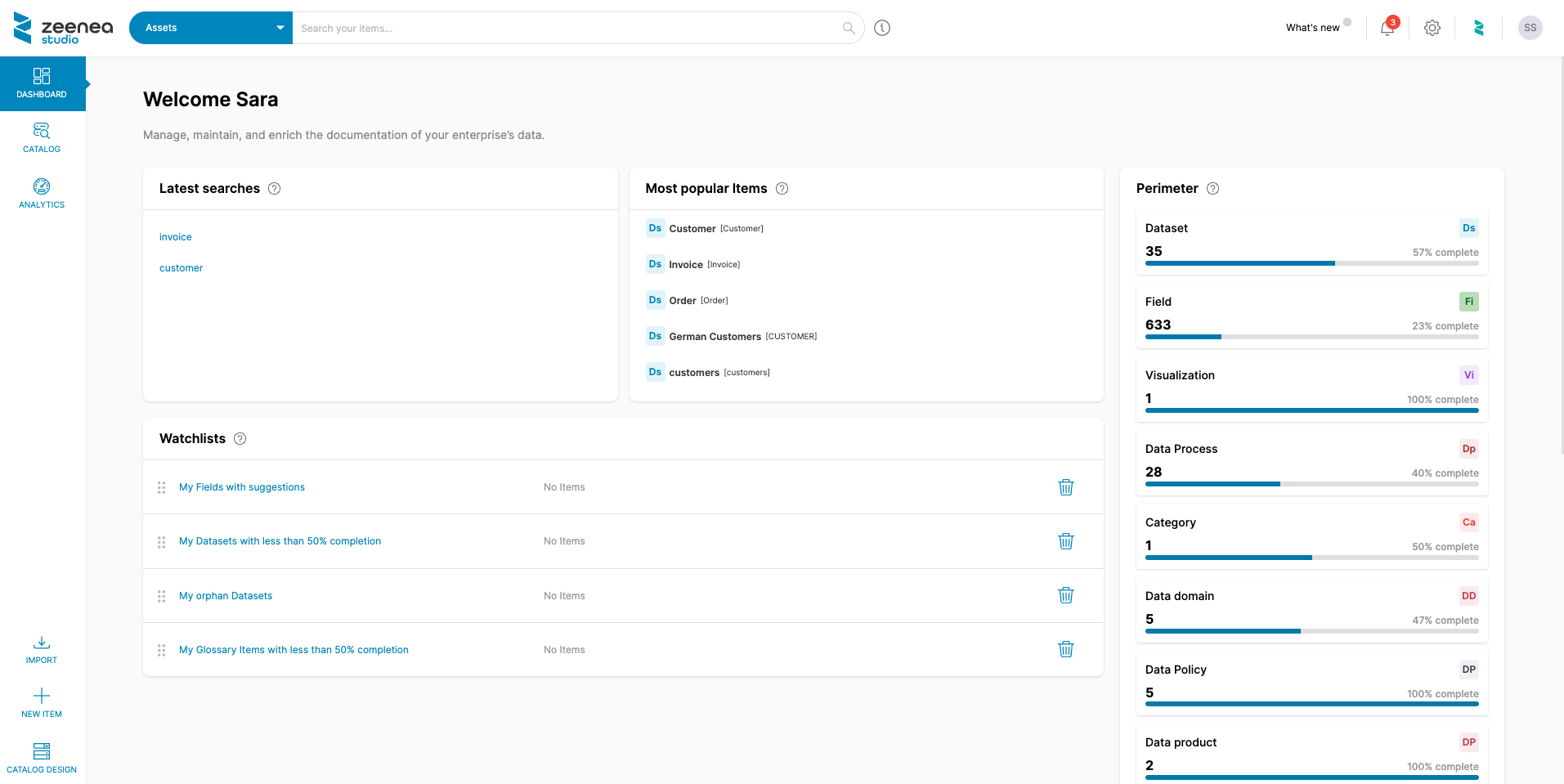
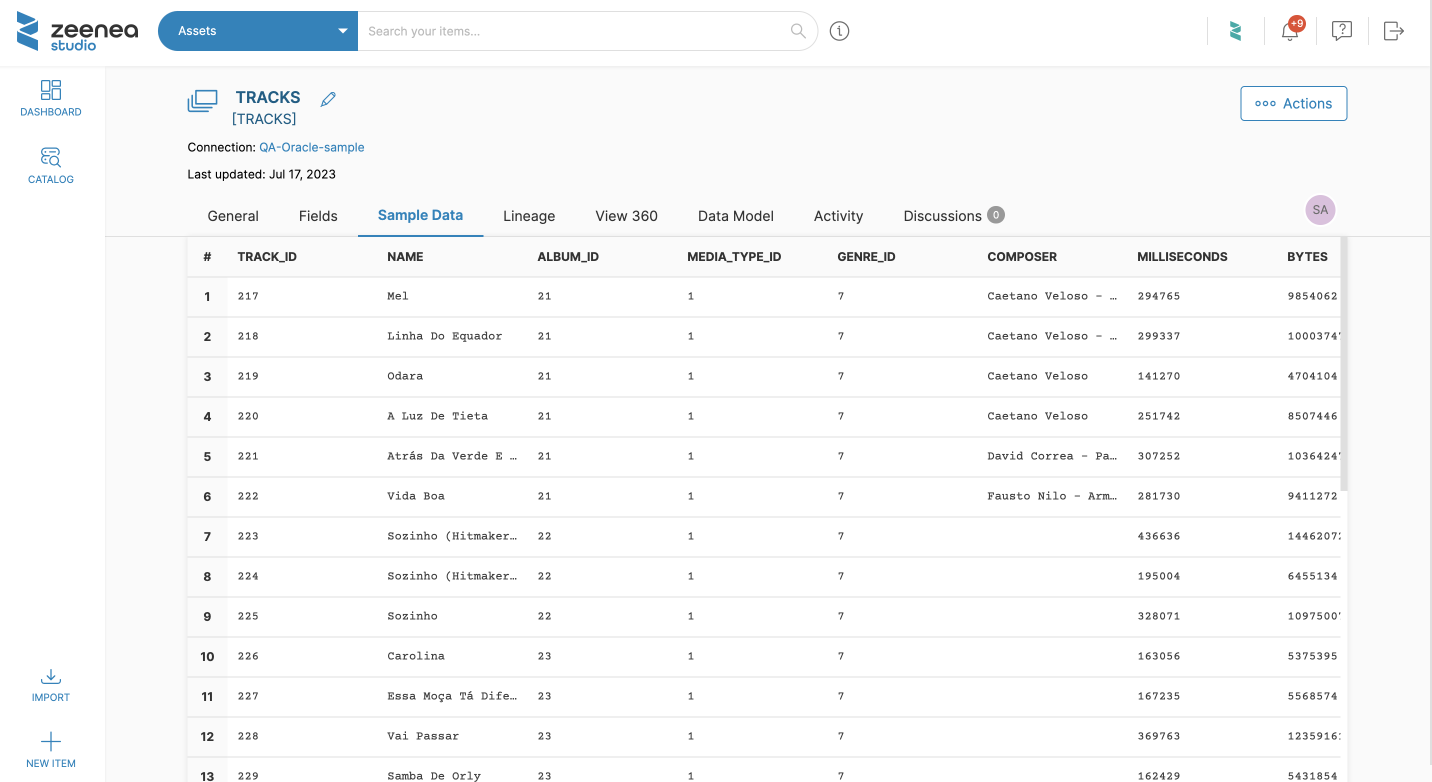
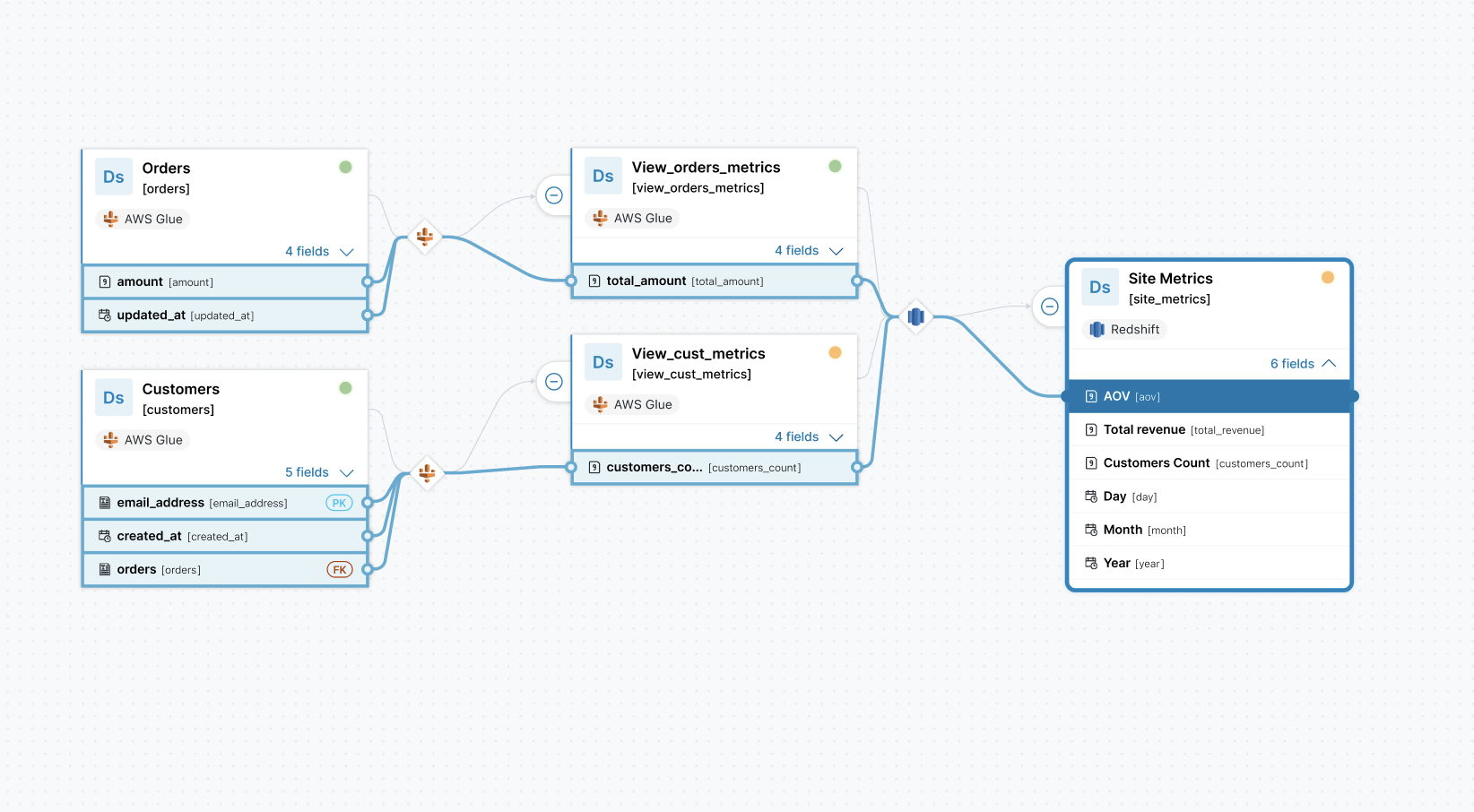
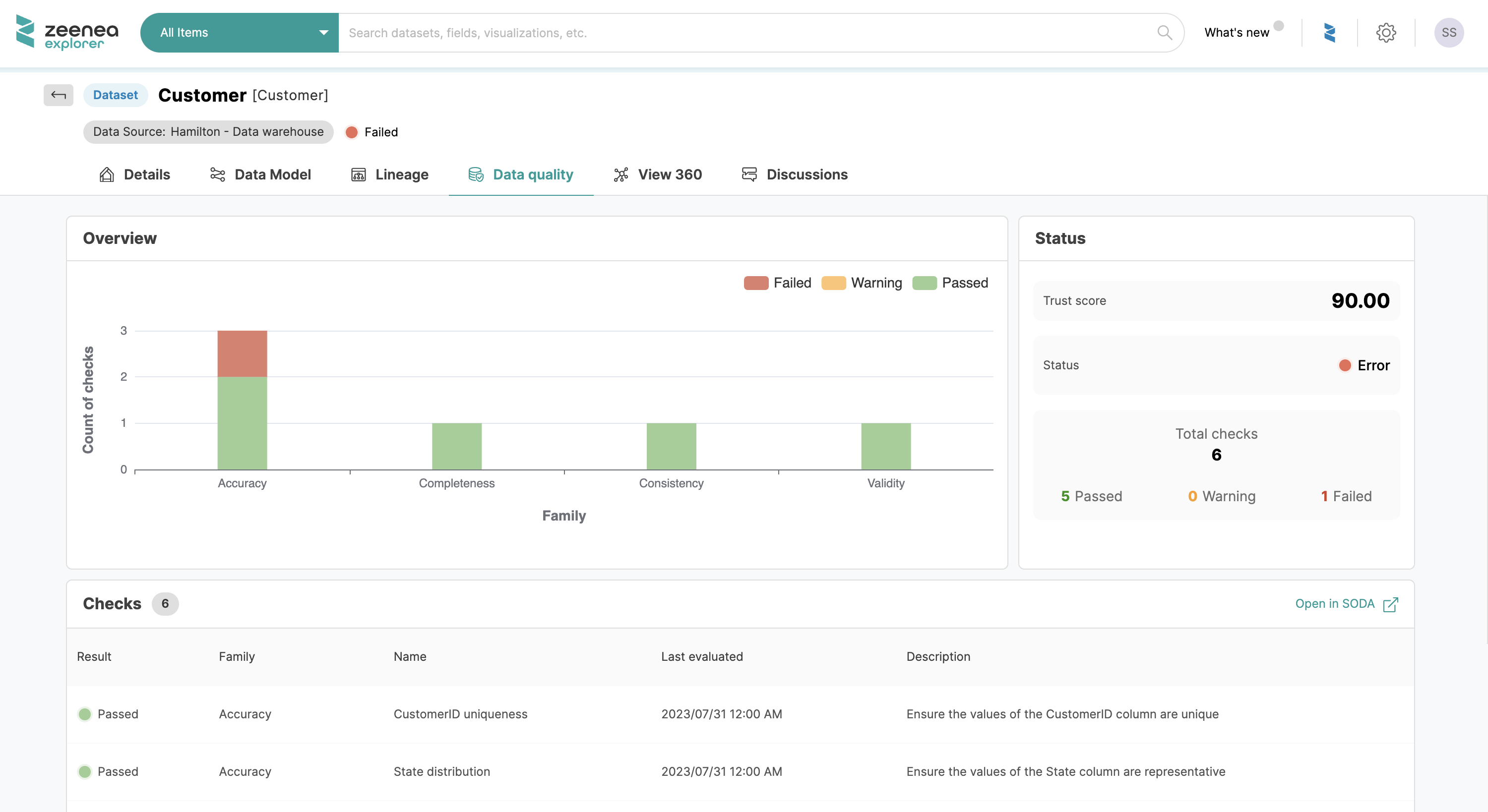
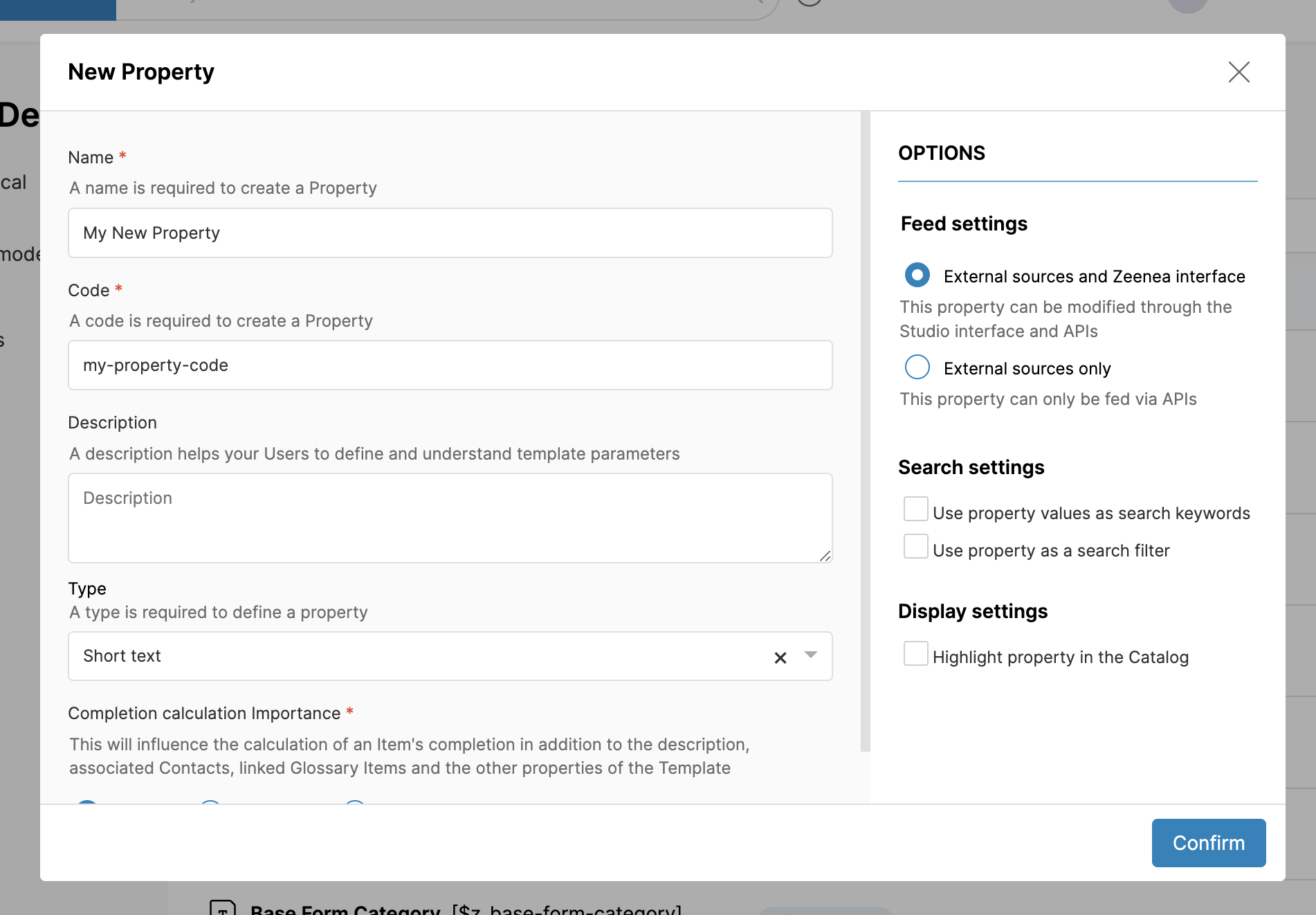
![[Press Release] Consulting firm Amura IT announces a new strategic alliance with Zeenea](https://zeenea.com/wp-content/uploads/2023/07/partnership-amura-IT-1080x627.png)






